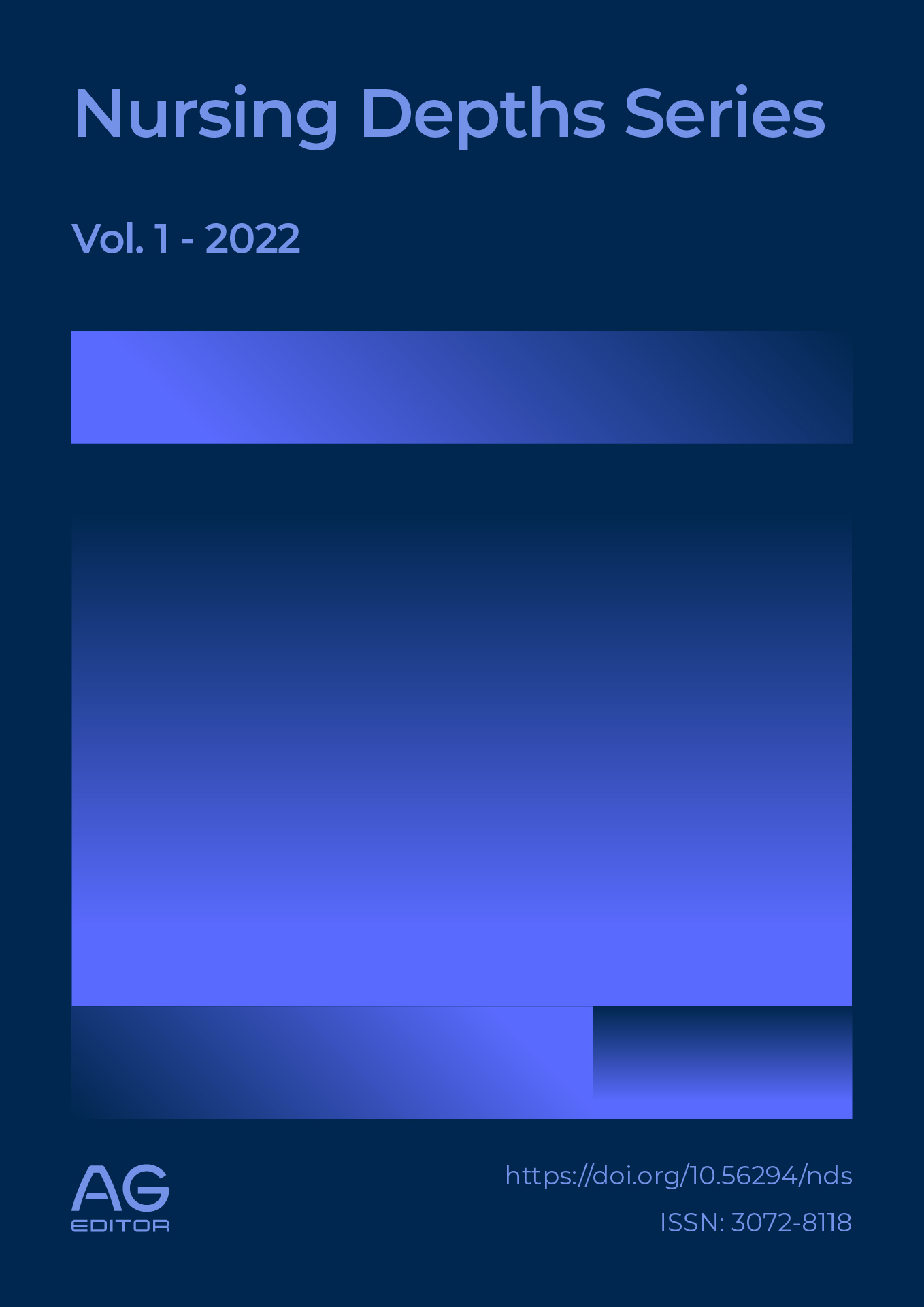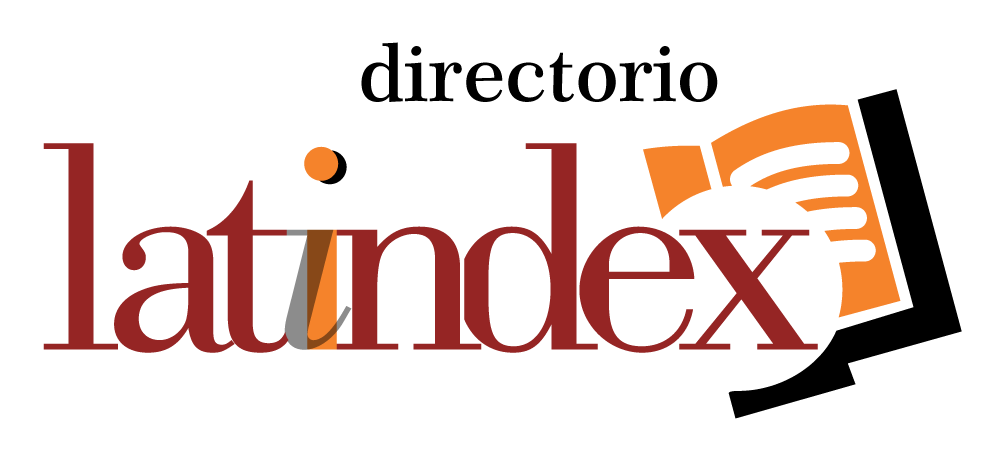Oral diseases associated with COVID-19
DOI:
https://doi.org/10.56294/nds202229Keywords:
SARS-CoV-2, COVID-19, oral healthAbstract
The oral cavity houses saliva, which is a reservoir for SARS-CoV-2. Knowledge of oral pathologies that may arise during COVID-19 is significant, as it can prevent severe health problems from developing in other parts of the human body. Therefore, the author set out to describe oral diseases associated with COVID-19. The documentary analysis method was used, and a total of 30 bibliographies were reviewed. Patients who tested positive for COVID-19 presented with impaired salivary gland function, taste and smell sensations, oral mucosal integrity, herpetic lesions, and candidiasis. If surveillance and control of oral pathologies associated with the presence of COVID-19 are activated, high transmission of the virus and the spread of infections to other anatomical regions of the human body would be prevented, often avoiding serious complications in patients.
References
1- Li Q, Guan X, Wu P, Wang X, Zhou L, Tong Y, et al. Early transmission dynamics in Wuhan, China, of novel coronavirus-infected pneumonia [en línea]. N Engl J Med; 2020 [citado 21 mar 2021].
2- Risk assessment-pneumonia Wuhan, China [en línea]; 2020 [citado 30 mar 2021].
3- Chan JFW, Yuan S, Kok KH, To KKW, Chu H, Yang J, et al. A familial cluster of pneumonia associated with the 2019 novel coronavirus indicating person-to-person transmission: a study of a family cluster [en línea]. Lancet; 2020 [citado 30 mar 2021]. DOI: https://doi.org/10.1016/S0140-6736(20)30154-9
4- Rothan HA, Byrareddy SN. The epidemiology and pathogenesis of coronavirus disease (COVID-19) outbreak [en línea]. J Autoimmun; 2020 [citado 30 mar 2021]. DOI: https://doi.org/10.1016/j.jaut.2020.102433
5- Malik YS, Sircar S, Bhat S, Sharun K, Dhama K, Dadar M, et al. Emerging novel coronavirus (2019-nCoV)-Current scenario, evolutionary perspective based on genome analysis and recent developments [en línea]. Vet Q; 2020 [citado 30 mar 2021]. DOI: https://doi.org/10.1080/01652176.2020.1727993
6- Ai T, Yang Z, Hou H, Zhan C, Chen C, Lv W, et al. Correlation of chest CT and RT-PCR testing in coronavirus disease 2019 (COVID-19) in China: a report of 1014 cases Radiology; 2020 [citado 30 mar 2021]. DOI: https://doi.org/10.1148/radiol.2020200642
7- Bai Y, Yao L, Wei T, Tian F, Jin DY, Chen L, et al. Presumed asymptomatic carrier transmission of COVID-19 [en línea]. JAMA; 2020 [citado 30 mar 2021]. DOI: https://doi.org/10.1001/jama.2020.2565
8- Aitken S, Olid JP, Escobar C, Parry A, Duarte Y, Morales I. Características salivales y estado sistémico de sujetos con xerostomía [en línea]. Rev. Clin. Periodoncia Implantol. Rehabil. Oral; 2017 [citado 30 mar 2021].
9- Lechien J, Chiesa C, Siati D, Horoi M, Bon S, Rodríguez A, et al. Olfactory and gustatory dysfunctions as a clinical presentation of mild-to-moderate formsof the coronavirus disease (COVID-19): a multicenter European study [en línea]. Eur. Arch. Otorhinolaryngol; 2020 [citado 30 mar 2021].
10- Godinho G, Paz L, de Araújo Gomes E, Garcia C, Volpato L. Extensive hard palate hyperpigmentation associated with chloroquine use [en línea]. Br. J. Clin.
Pharmacol; 2020 [citado 30 mar 2021]. Disponible en: https://www.doi.org/10.1111/bcp.14313
11- Melo Filho M, Silva C, Rocha M, Oliveira M, Pêgo S, Freitas E. Palate hyperpigmentation caused by prolonged use of the anti-malarial chloroquine [en línea]. Head Neck Pathol; 2012 [citado 30 mar 2021].
12- Pedrosa M, Sipert C, Nogueira F. Salivary glands, saliva and oral findings in COVID-19 infection [en línea]. Pesqui. Bras. Odontopediatria Clin. Integr; 2020 [citado 30 mar 2021]. DOI: https://doi.org/10.1590/SciELOPreprints.604
13- Baghizadeh Fini M. Oral saliva and COVID-19 [en línea]. Oral Oncol; 2020 [citado 30 mar 2021]. DOI: https://doi.org/10.1016/j.oraloncology.2020.104821
14- Suzuki A, & Iwata J. Molecular regulatory mechanism of exocytosis in the salivary glands [en línea] J. Mol. Sci; 2018 [citado 30 mar 2021]. DOI: https://doi.org/10.3390/ijms19103208
15- Parma V, Ohla K, Veldhuizen M, Niv M, Kelly CE, Bakke A, et al. More than smell. COVID-19 is associated with severe impairment of smell, taste, and chemesthesis [en línea]. MedRxiv; 2020. [citado 30 mar 2021]. Disponible en: https://www.doi.org/10.1101/2020.05.04.20090902
16- Sepúlveda C. V, Waissbluth, A. S., González G. C. Anosmia y enfermedad por Coronavirus 2019 (COVID-19): ¿Qué debemos saber? [en línea]. Rev. Otorrinolaringol. Cir. Cabeza Cuello; 2020 [citado 30 mar 2021]. DOI: https://doi.org/10.4067/S0718-48162020000200247
17- Brann DH, Tsukahara T, Weinreb C, Lipovsek M, Van den Berge K, Gong B, et al. Non-neuronal expression of SARS-CoV-2 entry genes in the olfactory system suggests mechanisms underlying COVID-19-associated anosmia [en línea]. bioRxiv; 2020. [citado 30 mar 2021]. Disponible en: https://www.doi.org/10.1101/2020.03.25.009084
18- Bénézit F, Le Turnier P, Declerck C, Paillé C, Revest M, Dubée V, Tattevin P. COVID Study Group.Utility of hyposmia and hypogeusia for the diagnosis of COVID-19 [en línea]. Lancet Infect. Dis; 2020. [citado 30 mar 2021]. Disponible en: https://www.doi.org/10.1016/S1473-3099(20)30297-8 DOI: https://doi.org/10.1016/S1473-3099(20)30297-8
19- Menni C, Valdes A, Freydin MB, Ganesh S, Moustafa JES, Visconti A, et al. Loss of smell and taste in combination with other symptoms is a strong predictor of COVID-19 infection [en línea]. MedRxiv; 2020 [citado 30 mar 2021]. Disponible en: https://www.doi.org/10.1101/2020.04.05.20048421
20- Chaux-Bodard A, Deneuve S, Desoutter A. Oral manifestation of Covid-19 as an inaugural symptom? [en línea]. J. Oral Med. Oral Surg; 2020 [citado 30 mar 2021]. DOI: https://doi.org/10.1051/mbcb/2020011
21- Dos Santos JA., Normando, A. G., Carvalho da Silva R., Monteiro R., Cembranel, A, et al. Oral mucosal lesions in a COVID-19 patient: New signs or secondary manifestations? [en línea]. J. Infect; 2020 [citado 30 mar 2021].
22- Salehi M, Ahmadikia K, Mahmoudi S, Kalantari S, Izadi A, Kord M, et al. Oropharyngeal candidiasis in hospitalised COVID-19 patients from Iran: Species identification and antifungal susceptibility pattern [en línea]. Mycoses; 2020 [citado 30 mar 2021]. DOI: https://doi.org/10.1111/myc.13137
23- Scully C, Samaranayake L. Emerging and changing viral diseases in the new millennium [en línea]. Oral, Dis; 2016 [citado 30 mar 2021].
24- Trayes KP, Love G, Studdiford J. Erythema multiforme: recognition and management [en línea]. Am. Fam. Physician; 2019 [citado 30 mar 2021].
25- Carreras-Presas C. M., Amaro Sánchez J., López-Sánchez A. F., Jané-Salas, E., Somacarrera Pérez M. L. Oral vesiculobullous lesions associated with SARS-CoV-2 infection [en línea]. Oral Dis.; 2020 [citado 30 mar 2021]. DOI: https://doi.org/10.1111/odi.13382
26- Jimenez J, Ortega D, Carretero I, Suarez A, Saceda D, Moreno C, Fernande D. Erythema multiforme-like eruption in patients with COVID-19 infection: clinical and histological findings [en línea]. Clin. Exp. Dermatol.; 2020 [citado 30 mar 2021]. Disponible en: https://www.doi.org/10.1111/ced.14281
27- Soares CD, Carvalho RA, Carvalho K, Carvalho M, Almeida O. Oral lesions in a patient with Covid-19 [en línea]. Med. Oral Patol. Oral Cir. Bucal; 2020 [citado 30 mar 2021]. DOI: https://doi.org/10.4317/medoral.24044
28- Quagliarello V, Ginter S, Han L, Van Ness P, Allore H, Tinetti M. Modifiable risk factors for nursing home-acquired pneumonia [en línea]. Clin. Infect. Dis.; 2005 [citado 30 mar 2021]. DOI: https://doi.org/10.1086/426023
29- Sampson V, Kamona N, Sampson A. Could there be a link between oral hygiene and the severity of SARS-CoV-2 infections? [en línea] Br. Dent. J.; 2020 [citado 30 mar 2021]. DOI: https://doi.org/10.1038/s41415-020-1747-8
30- European Centre for Disease Prevention and Control. Coronavirus disease 2019 (COVID-19) pandemic: increased transmission in the EU/EEA and the UK - seventh update [en línea]. Estocolmo, European Centre for Disease Prevention and Control; 2020 [citado 30 mar 2021] Disponible en: https://bit.ly/3m8j6n8.
Published
Issue
Section
License
Copyright (c) 2022 Lays Blanco Romero, Alejandra Figueredo Rigores, Ana Maura Ortiz Figueroa (Author)

This work is licensed under a Creative Commons Attribution 4.0 International License.
The article is distributed under the Creative Commons Attribution 4.0 License. Unless otherwise stated, associated published material is distributed under the same licence.






